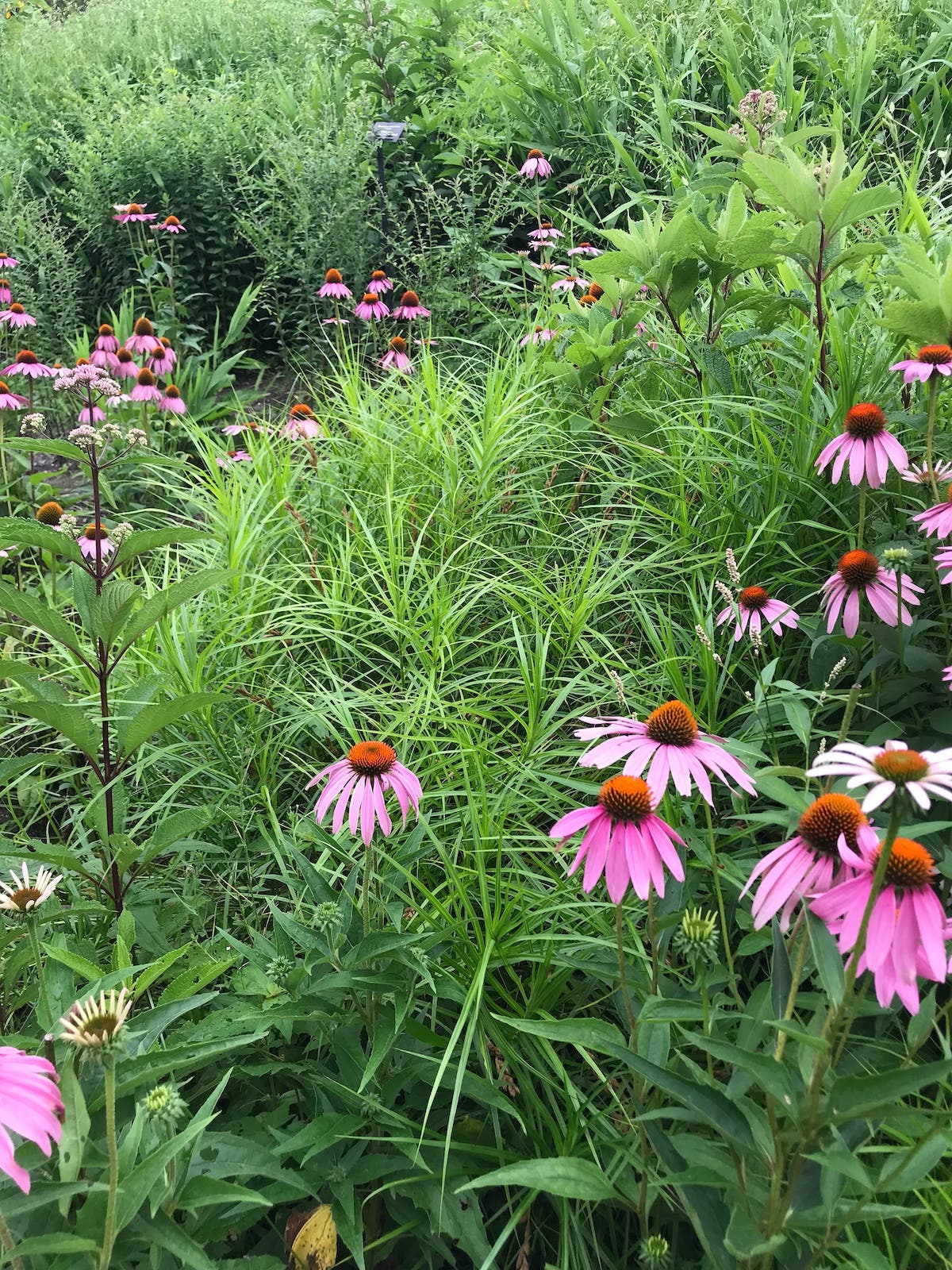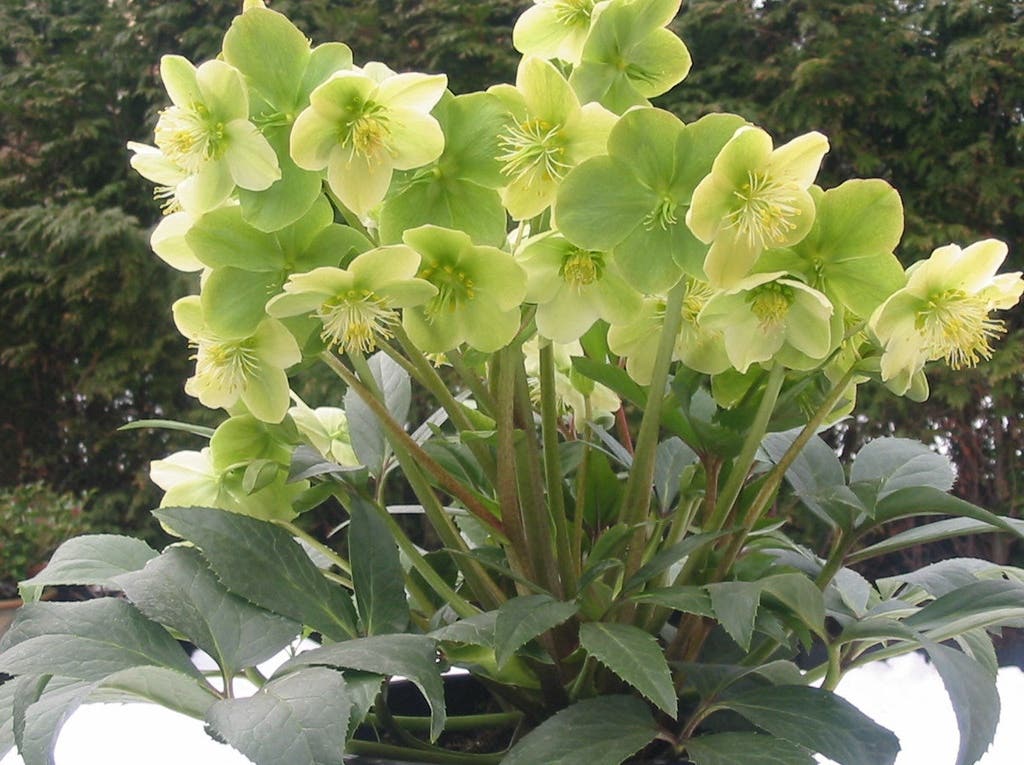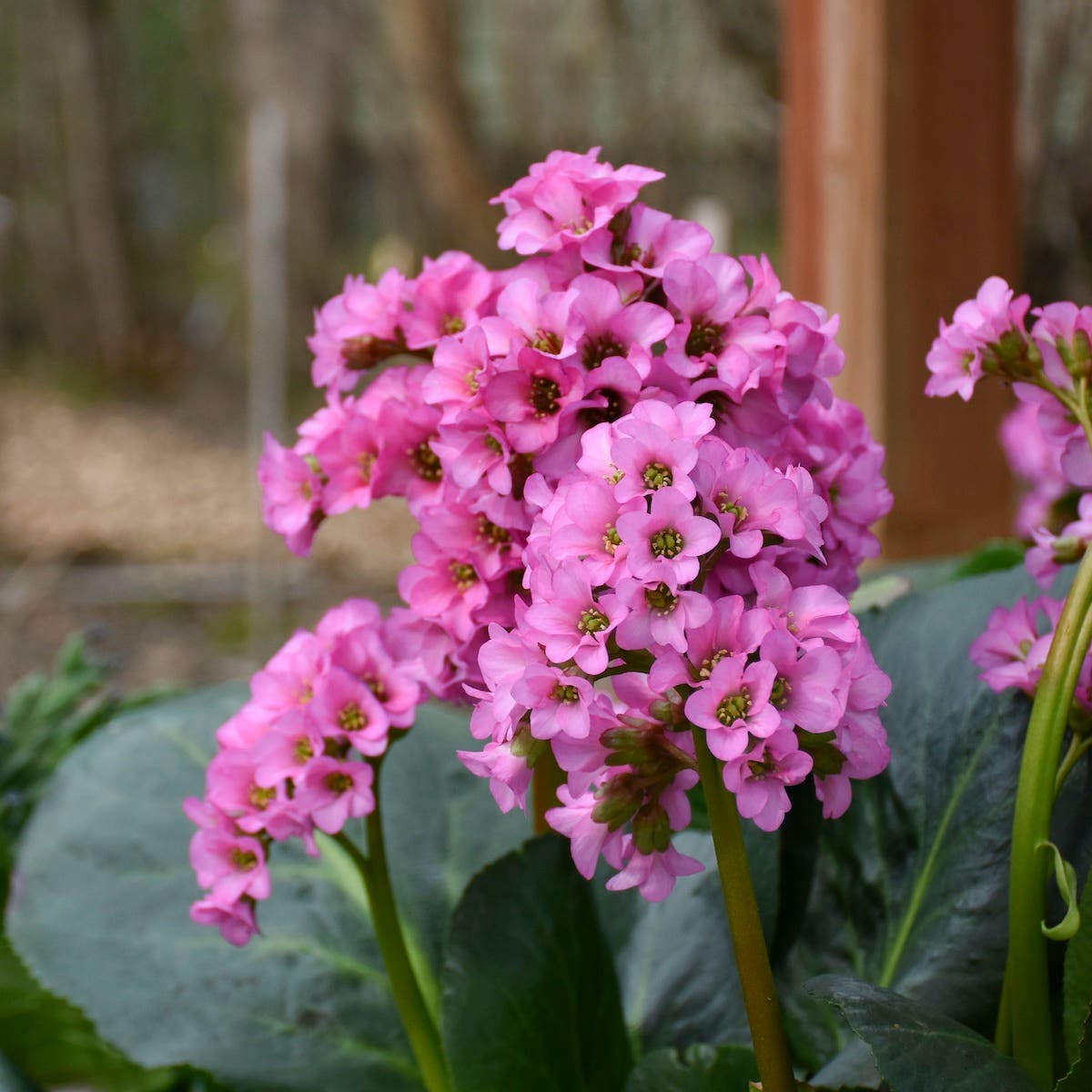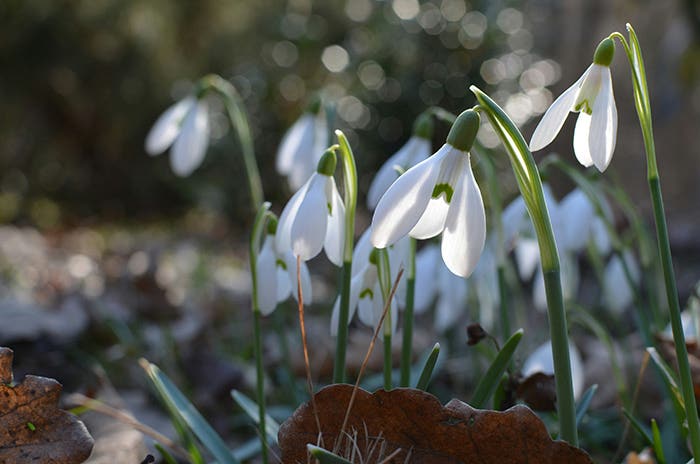Perennial Plant of the Year 2017: Asclepias tuberosa
Virtues: Asclepius tuberosa has been named Perennial Plant of the Year for 2017. It is drought tolerant and deer resistant. It has long-lasting orange flowers that appear in summer. Its flowers…
Virtues: Asclepius tuberosa has been named Perennial Plant of the Year for 2017. It is drought tolerant and deer resistant. It has long-lasting orange flowers that appear in summer. Its flowers feed adult butterflies, and its stems and leaves serve as larval hosts for monarch butterflies, grey hairstreaks and queen butterflies.
Common name: Butterfly weed, orange milkweed, pleurisy root
Botanical name: Asclepias tuberosa
Exposure: Full sun
Season: Summer, for flowers
Flowers: Flat-topped clusters of upright orange flowers appear throughout the summer. One plant will produce a multitude of flowering stems.
Foliage: Light green, stiff, long and narrow leaves line the stems.
Habit: Asclepias tuberosa grows to 2 feet tall and wide with a bushy habit.
Origins: The 2017 Perennial Plant of the Year is a USA native. It occurs naturally throughout most of the eastern two-thirds of North America. Its native habitats include prairies, open woods and hillsides.
How to grow Asclepia tuberosa: The 2017 Perennial Plant of the Year is, like all PPoY’s, generally easy to grow in most climates. It takes full sun and sandy to loamy soil. Once it’s established, it can tolerate drought, thanks to its taproot that seeks moisture from deeper soil. Its taproot makes it a challenge to transplant from place to place in the garden, so choose its spot wisely when planting. If transplanting does become necessary, do so when the plant is dormant. Winter hardy in USDA Zones 3–10.
Image by Eric Hunt/Own work, CC BY-SA 4.0






